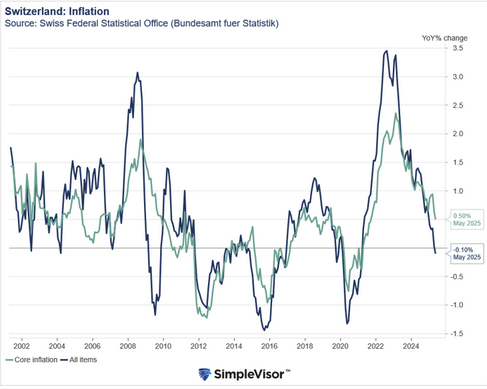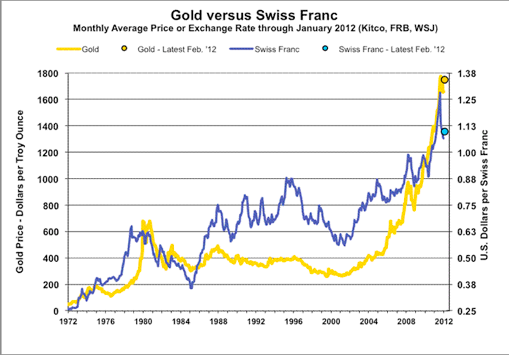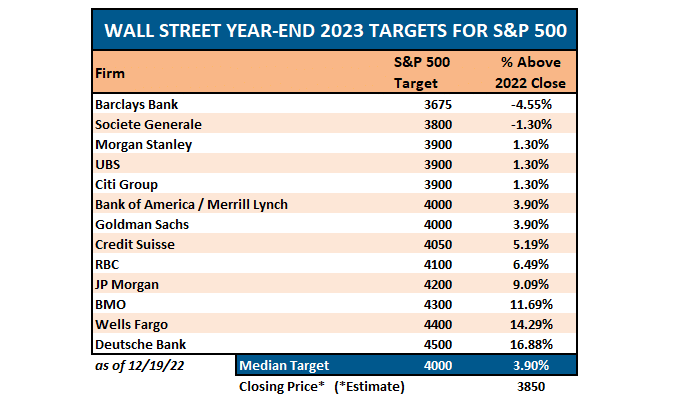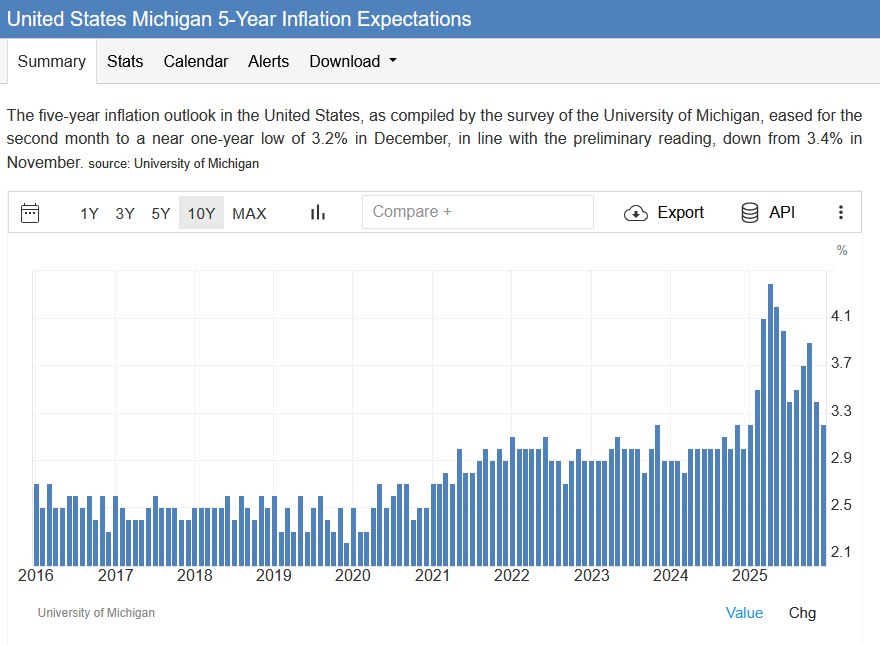In 2018, the number of people receiving social welfare in Switzerland fell from 278,300, or 3.3% of the population, to 272,700, 3.2% of the population.
The last time the number fell was in 2008 when it dropped from 3.1% (233,500) to 2.9% (222,600) of the population.
The percentage of people on welfare varies significantly by type of household, nationality and canton.
Rates are far higher for single parent households (21%) than families with unmarried parents (7%) or families with married parents (2%). Around 5% of single people were on welfare in 2018.
The low percentage of Swiss citizens (2%) on welfare contrasts with the high rates of those from South America (13%), Asia (12%) and Africa (29%) on social support. The rates among nationals from the EU-28 (3%) and the rest of Europe (8%) were closer to Swiss rates. While nationals from Oceania and North America were less likely to be on welfare than Swiss citizens.
Cantons with the highest rates were Neuchâtel (7%), Basel-City (6%), Geneva (6%), Vaud (4%) and Bern (4%). Cantons with lowest rates were the rural cantons of Uri, Obwalden, Appenzell Innerrhoden and Nidwalden. These cantons all had rates around 1%.
Switzerland’s government has been working hard to reduce welfare fraud. Rules on using detectives to uncover fraud were introduced earlier in 2019.
Full story here Are you the author? Previous post See more for Next postTags: Editor's Choice,newsletter,Personal finance,Politics

























